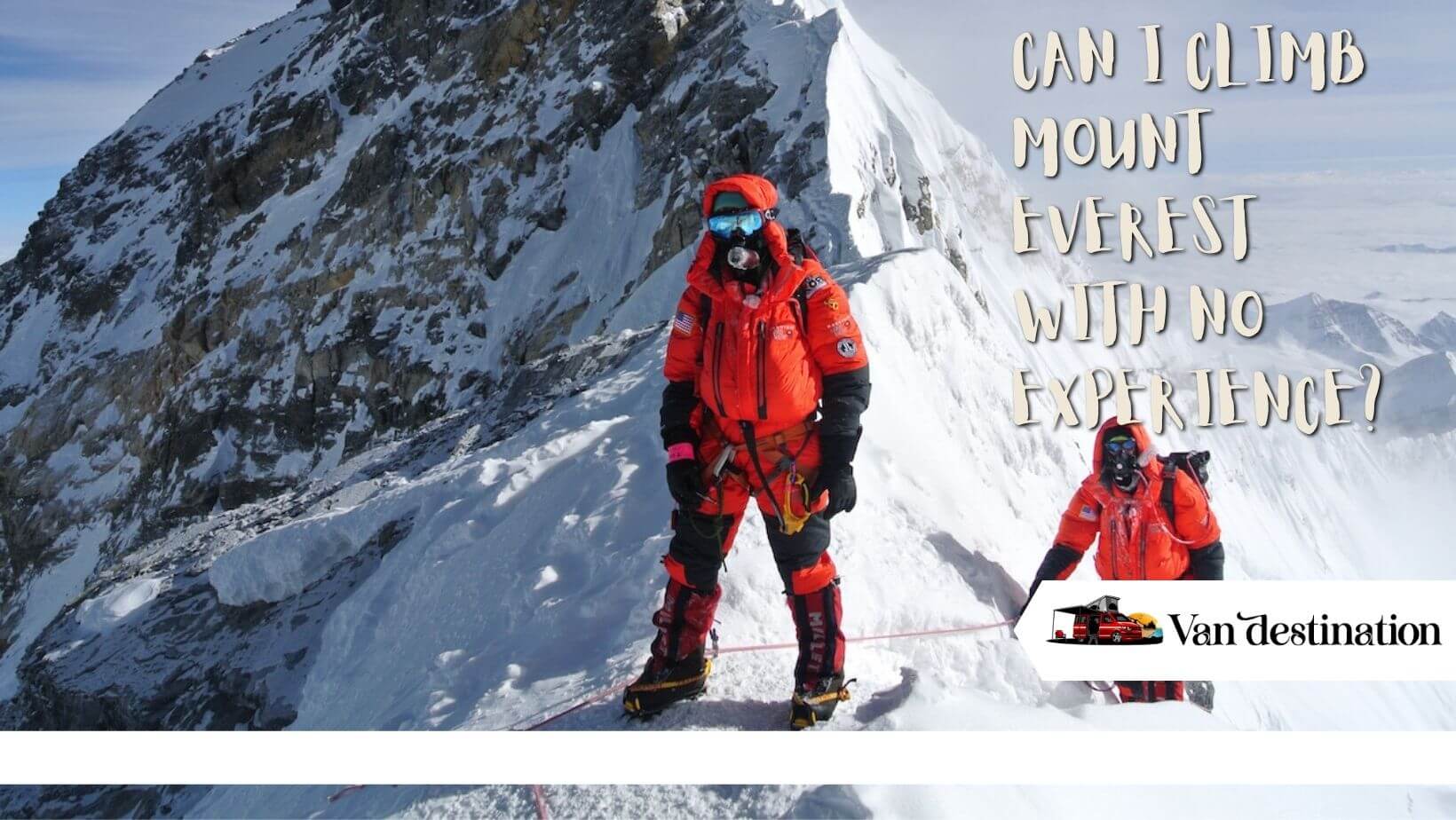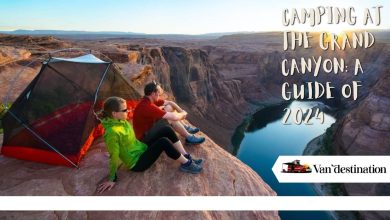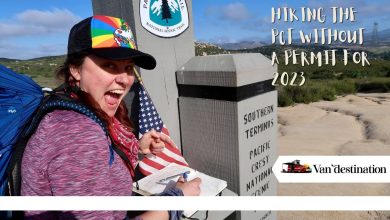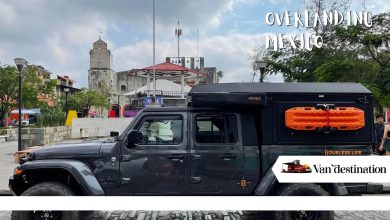Can I Climb Mount Everest With No Experience?

Mount Everest, standing tall at 8,848 meters (29,029 feet), is the highest peak in the world and the ultimate dream for many adventure seekers. The allure of conquering this magnificent mountain has attracted people from all walks of life. However, the question that often arises is, “Can I climb Mount Everest with no experience?” In this article, we will explore the challenges, preparation, and considerations involved in attempting such a feat.
The Challenge of Climbing Mount Everest
Climbing Mount Everest is an incredibly demanding and dangerous endeavor. It requires physical and mental fortitude, technical skills, and experience in high-altitude mountaineering. The mountain poses numerous risks, including extreme weather conditions, avalanches, and altitude sickness. Therefore, attempting to climb Everest without any prior experience can be extremely hazardous.
Physical and Mental Preparation
To increase your chances of summiting Mount Everest successfully, rigorous physical and mental preparation is essential.
Physical Fitness
Developing exceptional cardiovascular endurance, strength, and stamina is crucial. Regular exercise, including hiking, running, and weight training, should be part of your training regimen.
Altitude Acclimatization
Acclimatizing to high altitudes is vital as you climb higher. Gradually exposing yourself to increasing altitudes helps your body adapt to the reduced oxygen levels.
Mental Resilience
Climbing Everest demands mental strength and resilience. Building mental toughness through meditation, visualization, and mental exercises will help you overcome the challenges you may face on the mountain.
Also Read: Exploring the Beauty of Millcreek Canyon
Training and Skill Development
Acquiring mountaineering skills, technical climbing abilities, and cold weather survival skills is paramount for a safe and successful Everest expedition.
Mountaineering Skills
Learning essential mountaineering skills such as rope management, navigation, and glacier travel is necessary. These skills will enable you to navigate the treacherous terrain encountered during the climb.
Technical Climbing Skills
Developing technical climbing skills, including the use of crampons, ice axes, and climbing ropes, is crucial for ascending the more challenging sections of the mountain.
Cold Weather Survival Skills
Understanding cold weather survival techniques like building snow shelters, managing frostbite, and preventing hypothermia are vital for your safety during the climb.
Hiring a Professional Guide or Joining an Expedition
For individuals with no prior experience, hiring a professional guide or joining a guided expedition is highly recommended.
Benefits of Hiring a Guide
An experienced guide will provide invaluable expertise, guidance, and support throughout the entire journey. They will ensure your safety, manage logistics, and navigate the complexities of climbing Everest.
Joining an Expedition
Joining an expedition offers a structured approach to the climb. You will be part of a team with experienced climbers and receive comprehensive training and support.
Equipment and Gear
Having the appropriate equipment and gear is essential for the challenging conditions encountered on Mount Everest.
Essential Equipment
Items such as high-quality boots, layered clothing, a warm sleeping bag, and a sturdy backpack are crucial for your safety and comfort.
Mountaineering Gear
Climbing harnesses, ice axes, crampons, ropes, and helmets are among the specialized gear required for technical sections of the climb.
Climbing Routes and Difficulty Levels
Mount Everest offers multiple climbing routes with varying difficulty levels. Understanding the routes and their challenges will help you plan your ascent better.
Popular Routes
The South Col Route (Nepal) and the Northeast Ridge Route (Tibet) are the most common routes taken by climbers.
Difficulty Levels
Mount Everest presents a range of difficulties, from less challenging sections to highly technical and dangerous terrain. Being aware of the difficulty level of your chosen route is essential for your preparedness.
Safety Considerations and Risks
Mount Everest is not without its risks. It’s crucial to be aware of the potential dangers and take necessary precautions.
Altitude Sickness
Acute Mountain Sickness (AMS), High Altitude Pulmonary Edema (HAPE), and High Altitude Cerebral Edema (HACE) are serious altitude-related illnesses that can be life-threatening. Understanding the symptoms and proper acclimatization is essential for preventing these conditions.
Avalanches
Everest is notorious for avalanches, especially in certain sections such as the Khumbu Icefall. Mitigating avalanche risks through proper route planning and timing is critical.
Extreme Weather Conditions
The weather on Everest can be extreme and unpredictable. Severe storms, high winds, and sub-zero temperatures can pose significant challenges. Being prepared for adverse weather conditions is vital.
Also Read: How Long To Hike 5 Miles
Costs and Logistics
Climbing Mount Everest involves considerable costs and logistical planning.
Expedition Costs
Joining a guided expedition can cost anywhere from $30,000 to $100,000 or more, depending on the level of service and support provided.
Permits and Licenses
Obtaining the necessary permits and licenses from the Nepalese government or Chinese authorities (depending on the chosen route) is a crucial part of the logistical process.
Travel and Accommodation
Arranging travel, accommodations, and transportation to the base camp requires meticulous planning and coordination.
Conclusion
Climbing Mount Everest with no prior experience is an incredibly risky endeavor. The challenges posed by the mountain, the physical and mental preparation required, and the expertise needed make it a monumental undertaking. It is strongly advised to gain substantial mountaineering experience, hone your skills, and consider joining a guided expedition to maximize your chances of a safe and successful summit.
FAQs
Q: Can I climb Mount Everest without any prior climbing experience?
Climbing Everest without any prior climbing experience is highly discouraged due to the extreme challenges and risks involved. Prior experience is crucial for your safety and success.
Q: What physical fitness level is required to climb Mount Everest?
Climbing Everest requires exceptional physical fitness, including cardiovascular endurance, strength, and stamina. A comprehensive training program is essential.
Q: How long does it take to climb Mount Everest?
The duration of an Everest expedition varies, but it typically takes around 8 to 10 weeks, including acclimatization periods and summit attempts.



